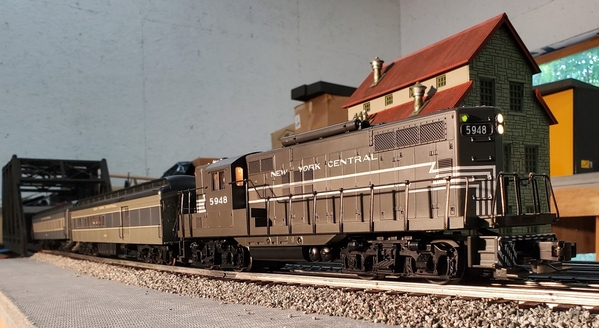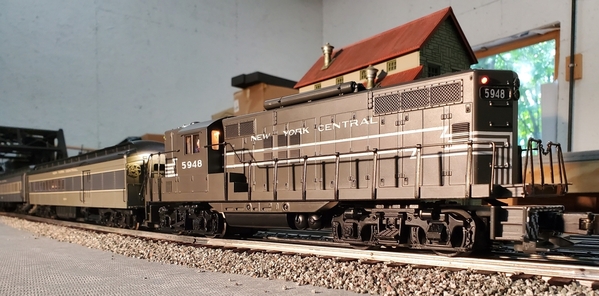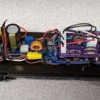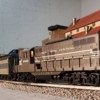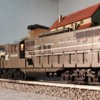Hope nobody minds me resurrecting this thread. Still trying to get my head around the options available to me on my combined 2-rail/3R layout, looking at the problem specifically from a control standpoint.
The Blunami decoders are basically just Tsunami 2 decoders with Bluetooth capability? Can a three rail locomotive, running on 3R track, equipped with the Blunami (or for that matter the Tsunami 2), run on DC power if the decoder is properly installed?
I now have two 3R steamers, a 3rd Rail Pennsy E6 4-4-2, and the aforementioned (in my earlier post) 3R Weaver Royal Hudson. Is the Blunami (or Tsunami) not a viable option if I want the smoke units to work?
Any help would be hugely appreciated, thanks!
Jeff C






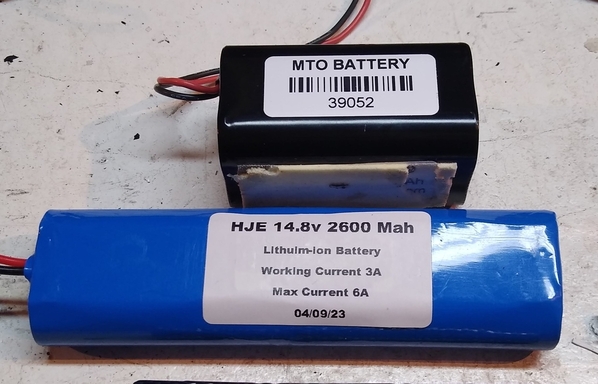





![20230816_121718[1] 20230816_121718[1]](https://ogrforum.ogaugerr.com/fileSendAction/fcType/0/fcOid/172048746121888933/filePointer/177257758487914438/fodoid/177257758487914432/imageType/MEDIUM/inlineImage/true/20230816_121718%255B1%255D.jpg)
![20230816_121745[1] 20230816_121745[1]](https://ogrforum.ogaugerr.com/fileSendAction/fcType/0/fcOid/172048746121888933/filePointer/177257758487914440/fodoid/177257758487914433/imageType/MEDIUM/inlineImage/true/20230816_121745%255B1%255D.jpg)
![20230816_121718[1] 20230816_121718[1]](https://ogrforum.ogaugerr.com/fileSendAction/fcType/0/fcOid/172048746121888933/filePointer/177257758487914438/fodoid/177257758487914432/imageType/SQUARE_THUMBNAIL/inlineImage/true/20230816_121718%5B1%5D.jpg)
![20230816_121745[1] 20230816_121745[1]](https://ogrforum.ogaugerr.com/fileSendAction/fcType/0/fcOid/172048746121888933/filePointer/177257758487914440/fodoid/177257758487914433/imageType/SQUARE_THUMBNAIL/inlineImage/true/20230816_121745%5B1%5D.jpg)

